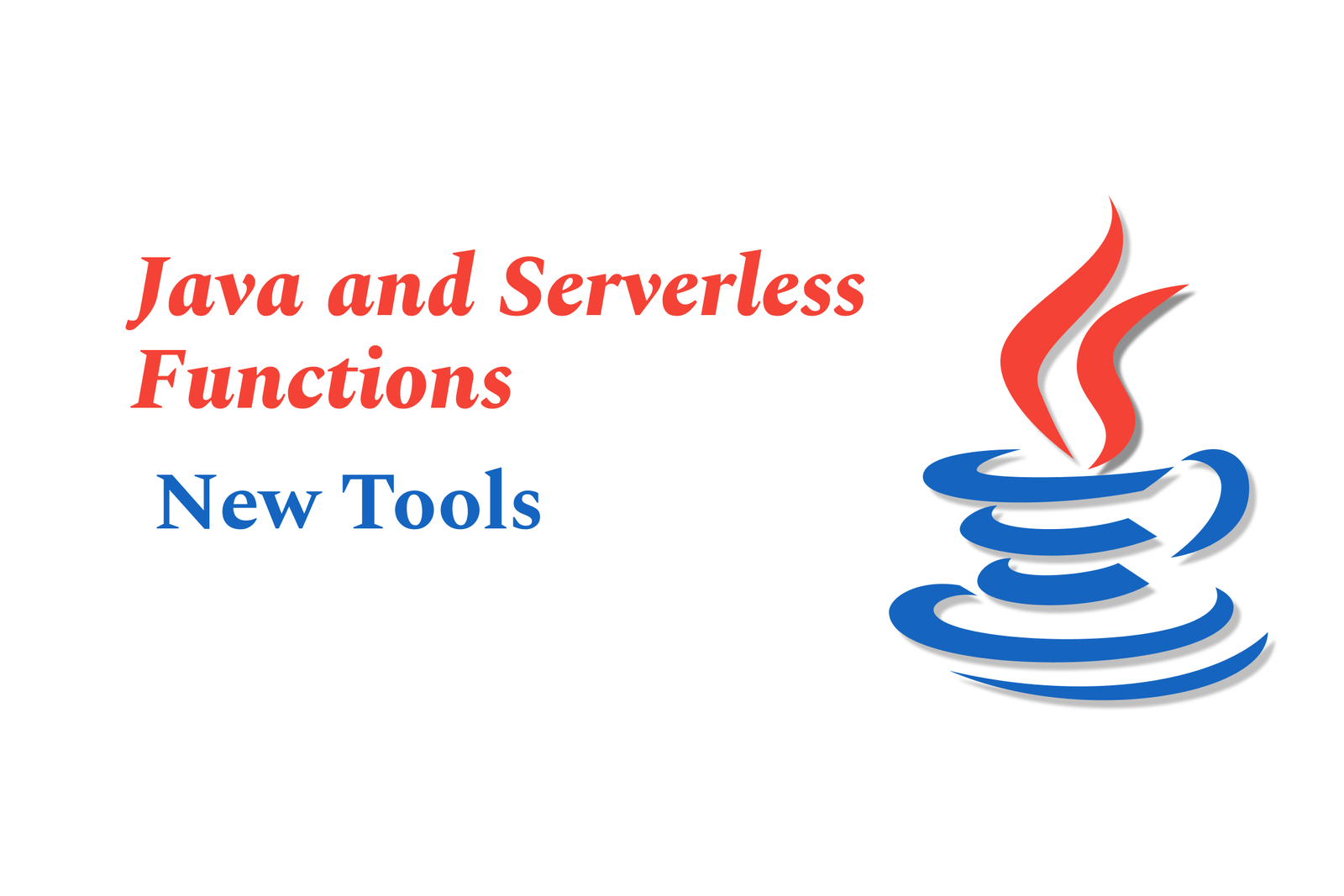Java and serverless functions: New tools
Java and serverless functions combine Java’s robust ecosystem with scalable, event-driven cloud computing. New tools and frameworks simplify development, enabling modular, cost-efficient apps that auto-scale without server management, boosting agility and innovation in modern software projects.
Java and Serverless Functions: New Tools
1 ) Introduction to Serverless Functions and Java
Serverless functions gained attention around 2016 as a revolutionary infrastructure approach.
Promised benefits include autoscaling, geographic resilience, cost efficiency by paying only for actual usage, and removing the need for server management.
Java continues to be a leading programming language powering digital innovation, often used in conjunction with serverless architectures.
2 ) Promises and Architecture of Serverless Functions
Serverless apps typically use API gateways to manage traffic, authorization, versions, and CORS.
Functions are small, event driven, and independently written in any language with quick invocation.
Allows decomposing monolithic applications into modular components tailored for specific tasks.
Backend scales elastically, supporting DDoS resilience and handling traffic surges.
Integration with managed cloud databases and messaging services (e.g., AWS S3, DynamoDB, SNS) makes for a scalable, serverless ecosystem.
Billing is by actual compute usage, removing the need for capacity planning.
3 ) Initial Adoption Challenges and Limitations
Local development is difficult as serverless apps may span thousands of functions implemented in different languages.
Debugging and thorough testing is more complex compared to monolithic apps.
Cold start latency and execution time limits can impact performance.
Early enthusiasm slowed as limitations emerged and complexity increased.
4 ) Evolving Serverless Tooling and Frameworks
Frameworks like Next.js are gaining traction by combining static site generation with serverless pre rendering to address scalability and dynamism challenges.
Tools like React Static have been gradually succeeded by more advanced serverless capable frameworks.
Developers are encouraged to avoid emotional attachment to specific implementations and embrace evolving best solutions.
5 ) Java Specific Serverless Tooling
Java’s ecosystem supports serverless functions with resources like Oracle JDK, GraalVM, and cloud provider SDKs.
Serverless functions in Java enable modular, scalable backend development combining familiar Java features with event driven serverless paradigms.
6 ) Practical Serverless Toolboxes and Utilities
Example: Serverless toolboxes include reusable Lambda functions for common tasks like ChatGPT conversation handling, API requests, and email sending.
These tools foster loose coupling and easier integration in serverless projects, aiding developer productivity.
Usage examples include state machines and API Gateway triggers facilitating scalable, maintainable serverless apps.
7 ) Best Practices and Future Directions
Avoid anti patterns like tightly coupling resources across serverless stacks.
Emphasize loose coupling, isolated function concerns, and reusable components.
Leverage cloud provider offerings such as AWS Lambda, Azure Functions, Google Cloud Run for efficient deployment.
Monitor serverless apps with specialized tools providing observability, real time metrics, and troubleshooting.
Summary:
The combination of Java and serverless functions is expanding the tools available for scalable, event driven cloud applications. Serverless architecture presents compelling benefits of elasticity, cost efficiency, and modularity but also introduces challenges in development, testing, and operations. New frameworks and serverless toolboxes for Java developers help simplify adoption, enabling dynamic, responsive applications that leverage cloud managed services while maintaining Java’s robustness and extensive ecosystem.
https://justacademy.in/news-detail/java-frameworks-to-watch-in-2025
https://justacademy.in/news-detail/android-tv-updates-and-new-apps
https://justacademy.in/news-detail/android-data-privacy-changes-in-2025
https://justacademy.in/news-detail/android-file-sharing-innovations
https://justacademy.in/news-detail/apple?s-new-swift-playgrounds-update-for-2025
Related Posts
In 2025, top Angular libraries offer modern, feature-rich components and tools for building dynamic web apps. From powerful data grids to low-code platforms like UI Bakery, these libraries enhance development speed, UI design, and scalability, making them essential for Angular developers.
Migrating from AngularJS to Angular 17 involves gradually upgrading your app by running both frameworks together using tools like ngUpgrade, rewriting components in TypeScript, and adopting Angular’s modern architecture to enhance performance, maintainability, and long-term support.
Angular state management tools help organize and handle app data efficiently, improving scalability and maintainability. Popular options include NgRx for robust, RxJS-based patterns, and newer Signal Store solutions that offer simpler, reactive approaches integrated tightly with Angular’s latest features.
RxJS in Angular empowers developers to manage asynchronous data streams with powerful operators like `forkJoin`, `combineLatest`, and `zip`. Mastering these key operators in 2025 is essential for building efficient, reactive applications that handle complex event sequences seamlessly.
Angular performance optimization in 2025 focuses on improving app speed and responsiveness by using techniques like OnPush change detection, lazy loading, efficient data caching, and AOT compilation. These practices reduce load times, enhance user experience, and ensure scalable, fast Angular applications.
In 2025, Angular remains preferred for large-scale, enterprise apps with its robust, all-in-one framework, while Vue attracts developers seeking simplicity and fast development for smaller projects. Both frameworks excel, with choice driven by project needs and team expertise.
Angular Signals are a new reactive primitive in Angular 16 that enable fine-grained, efficient change detection by automatically tracking dependencies and updating only affected parts of the UI. They simplify state management and boost app performance, revolutionizing Angular's reactivity model.
Angular interview questions to prepare in 2025 focus on core concepts like components, directives, data binding, routing, and dependency injection, along with TypeScript mastery and latest Angular features to ensure strong practical knowledge for building scalable, efficient web applications.
AngularJS reached its official end of support in January 2022, meaning no further updates or security patches. To ensure app security and performance, developers should consider migrating to modern Angular versions or seek third-party long-term support options if immediate migration isn’t possible.
The Angular Roadmap 2025 highlights upcoming features focused on improving developer experience and performance, including zoneless Angular, Signals integration, enhanced Forms, async data handling, improved HMR, and expanded Angular Material/CDK enhancements, driving modern, efficient web app development.










